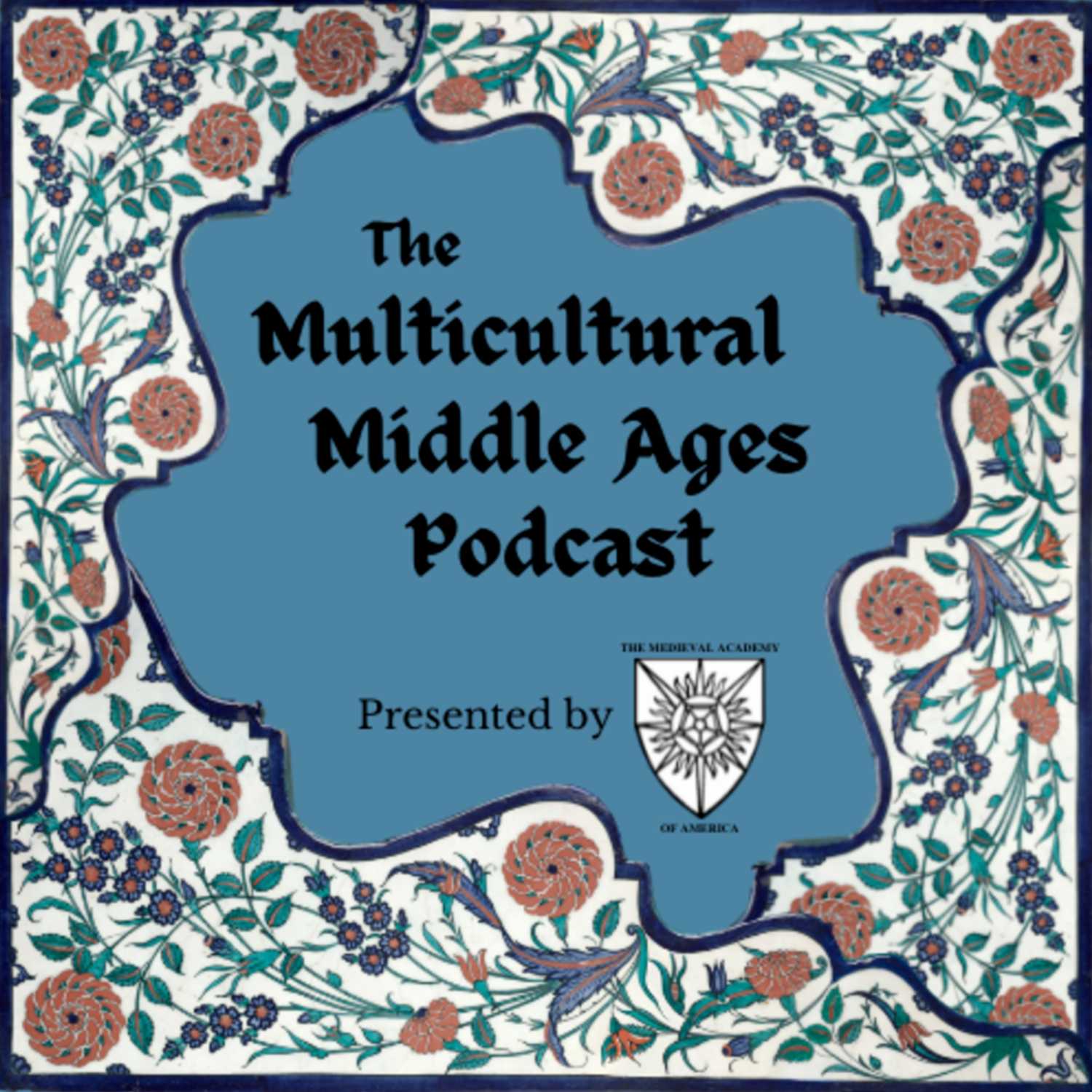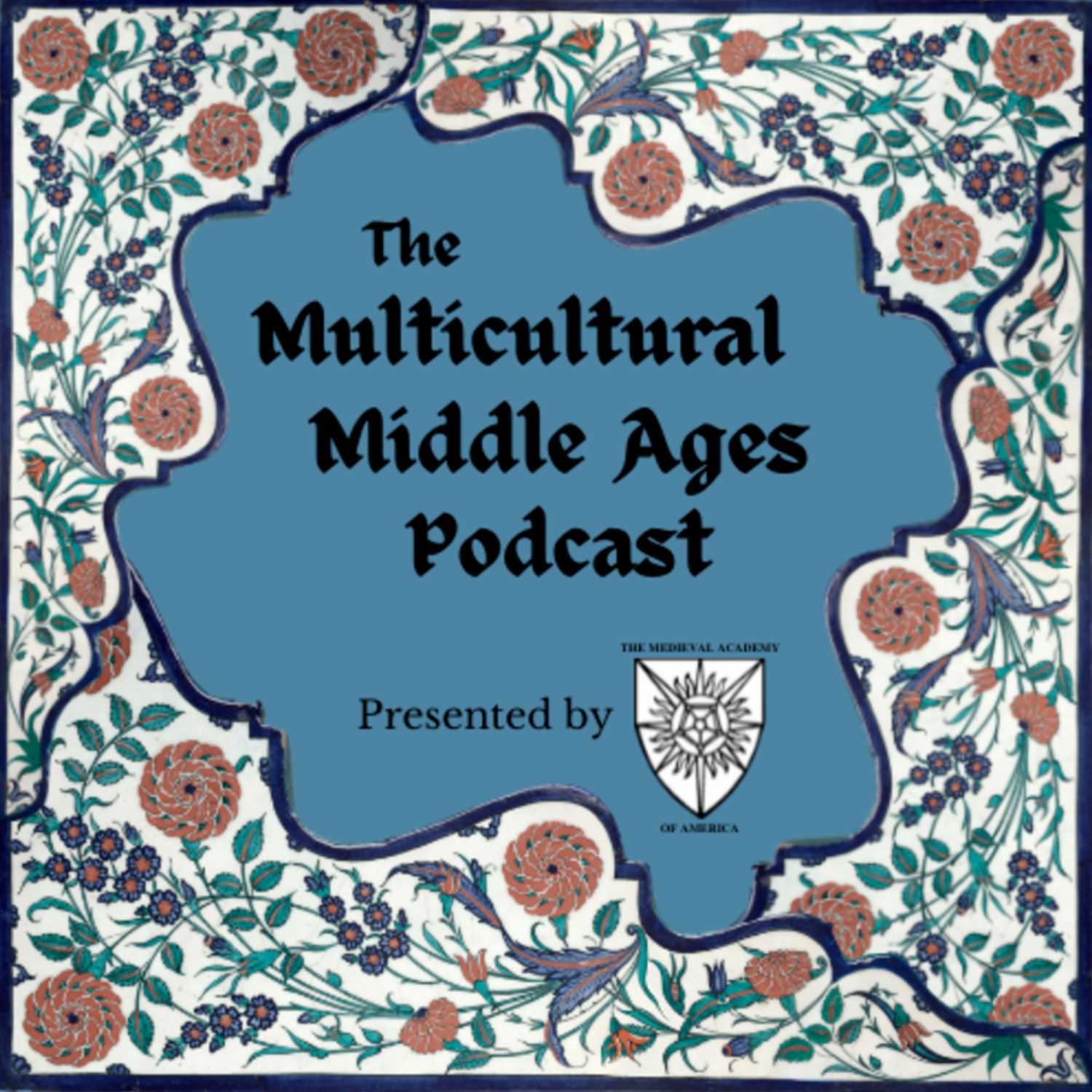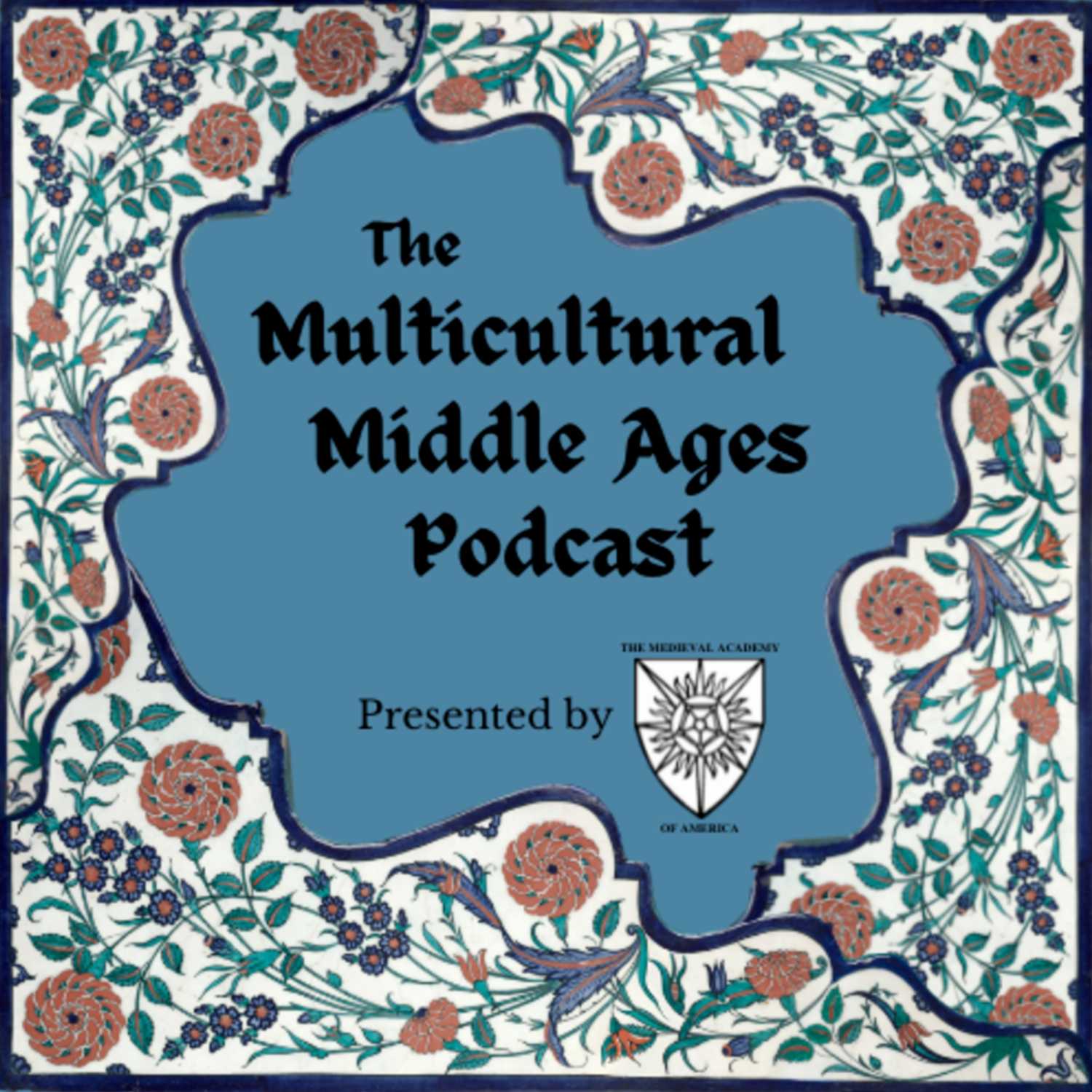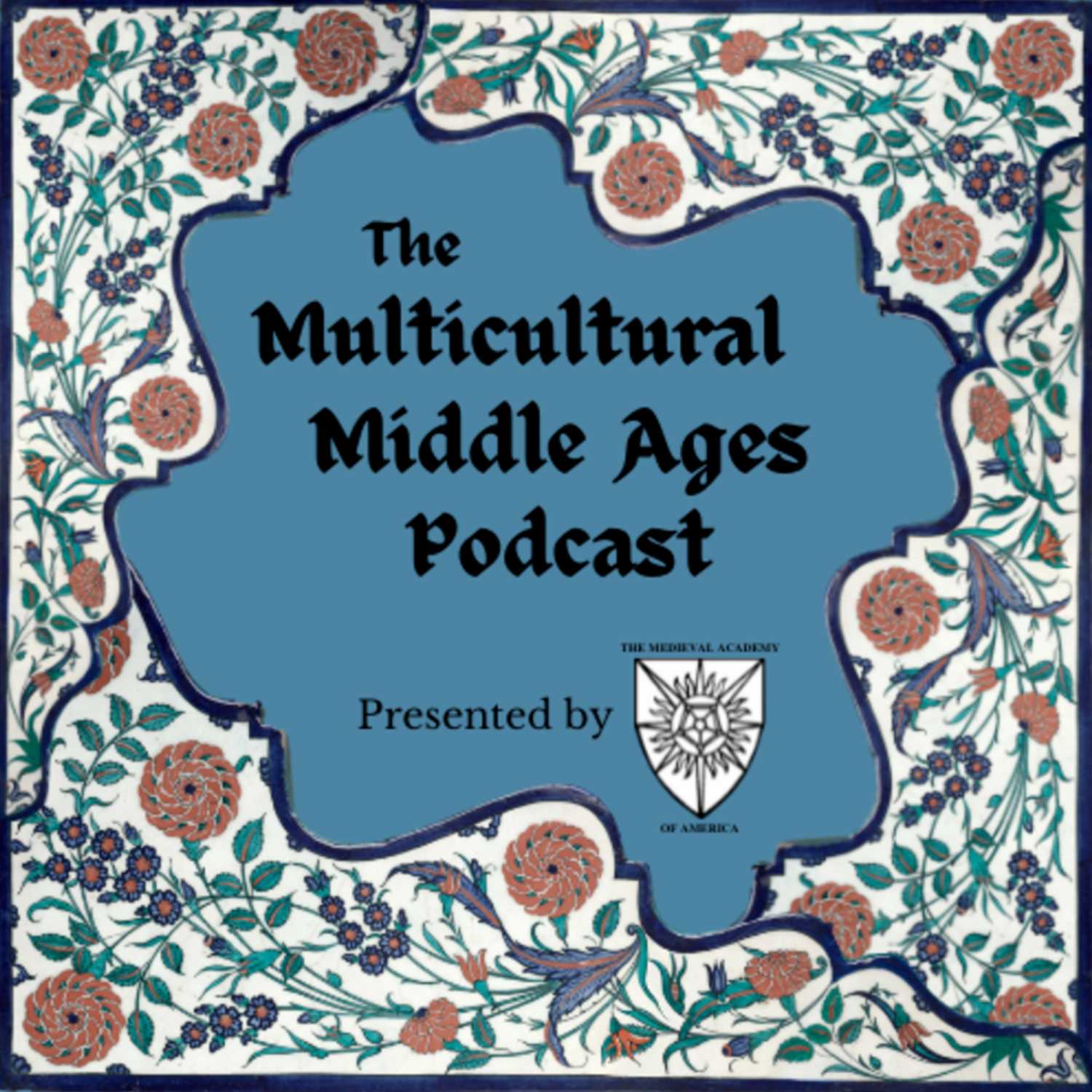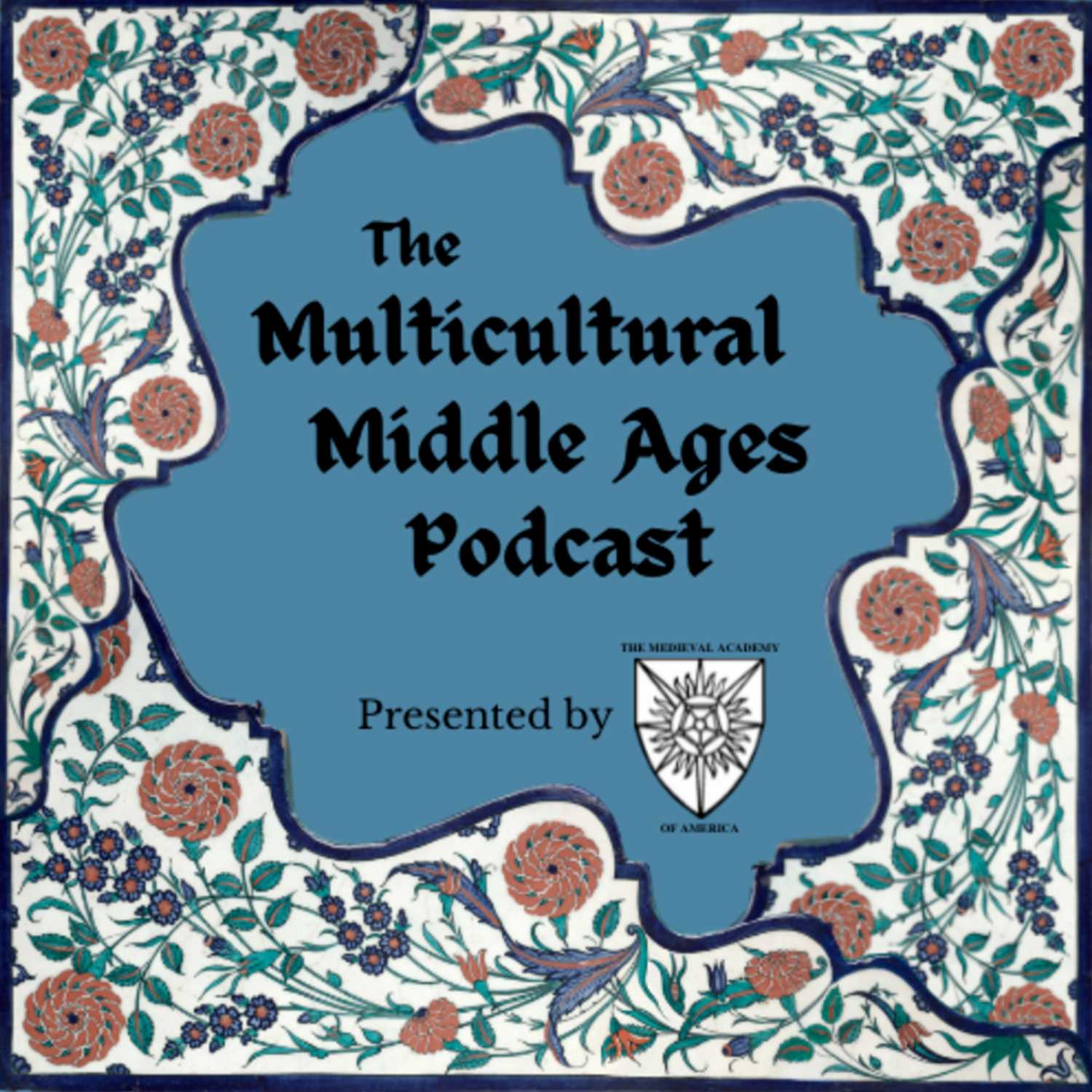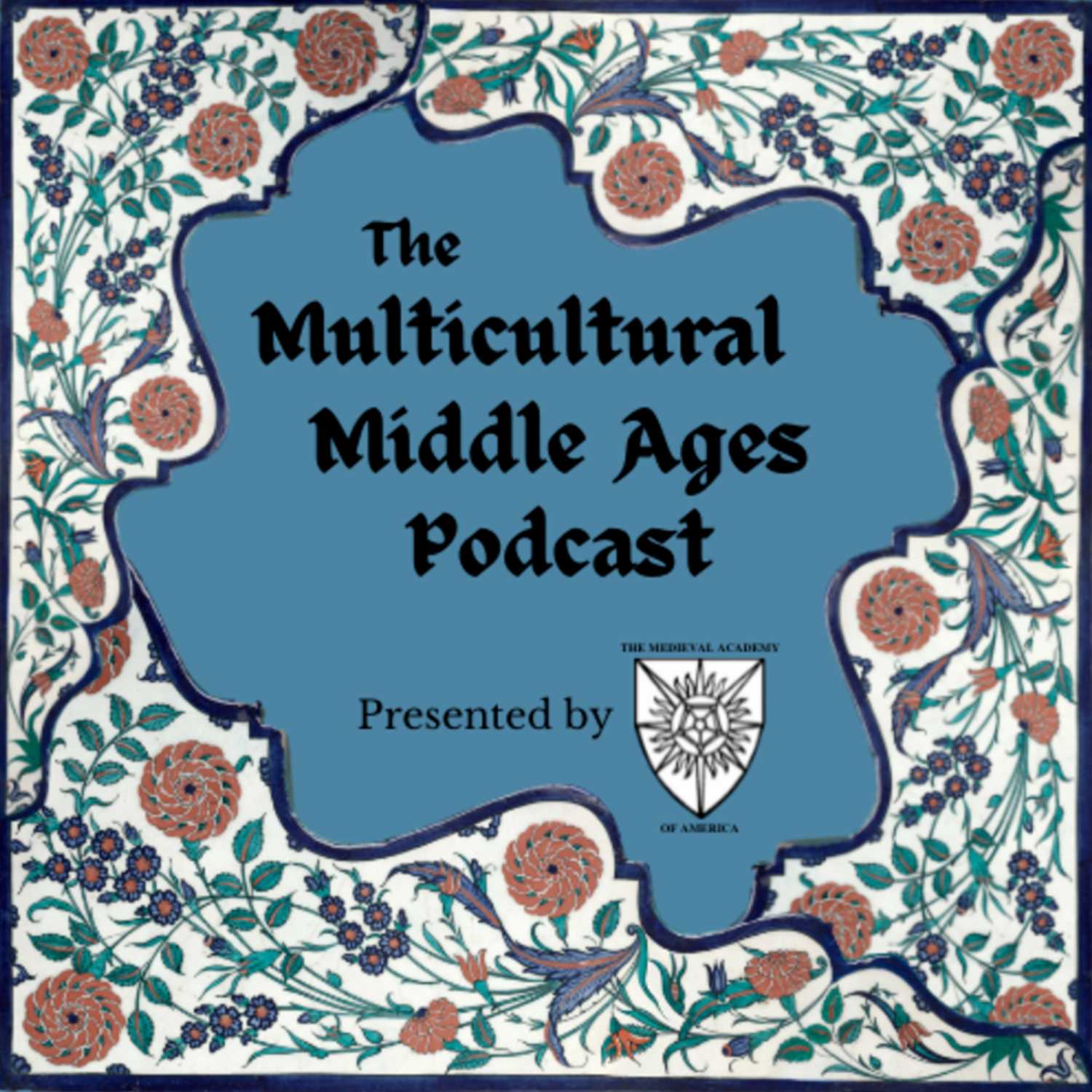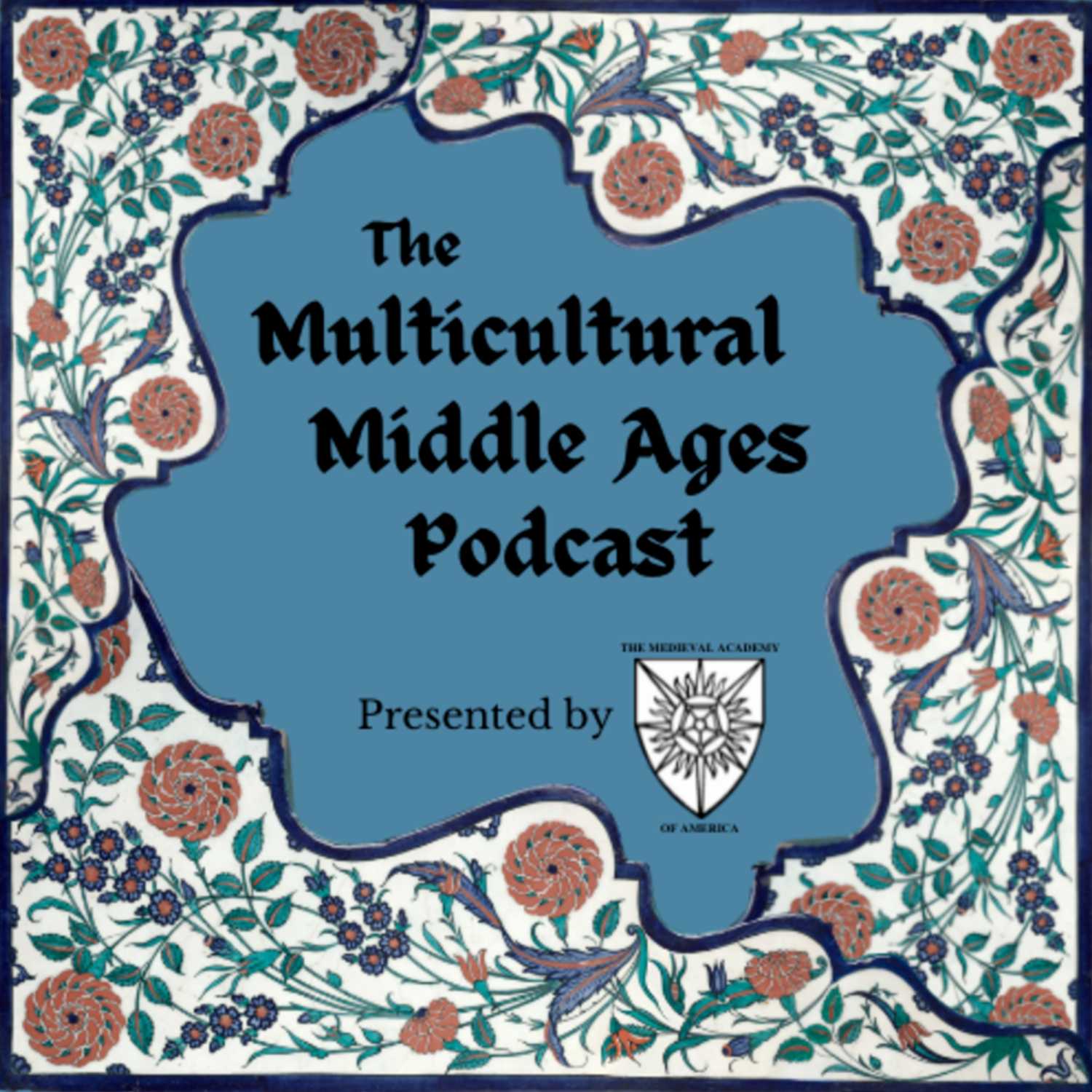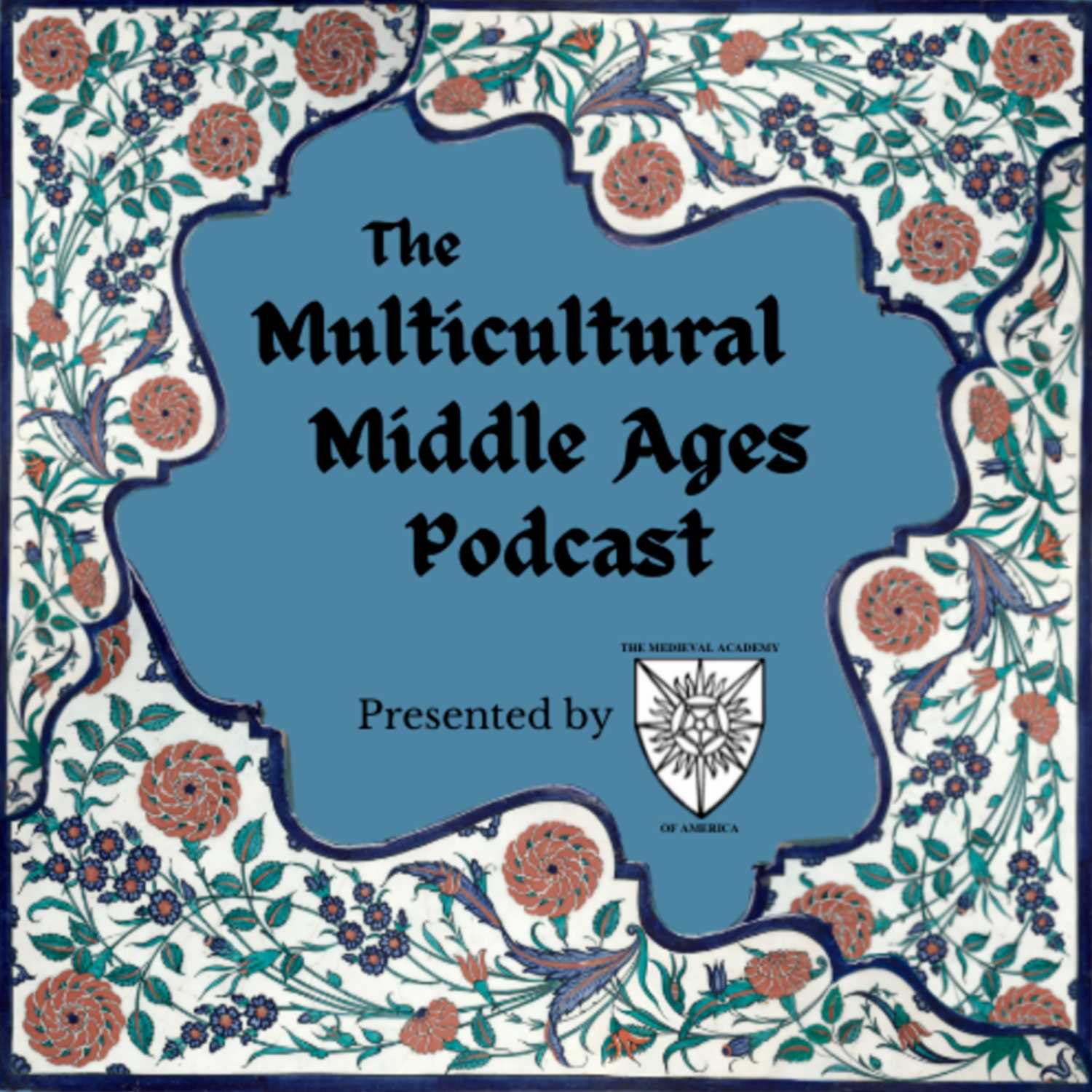
The Multicultural Middle Ages
Author: Will Beattie, Jonathan Correa Reyes, Reed O'Mara, & Logan Quigley
Subscribed: 9Played: 77Description
The Multicultural Middle Ages is a podcast where medievalists from all professional and disciplinary tracks can come together to think and talk about the too-oft-unsung diversity of the Middle Ages. We offer public-facing, open access content directed at experts and non-experts alike to present updated, accurate, and culturally responsible accounts of the plurality of the medieval period.
Series producers: Will Beattie, Jonathan Correa Reyes, Reed O'Mara, and Logan Quigley.
Our podcast is made possible by our partnership with the Graduate Student Committee of the Medieval Academy of America. Our Speculum Spotlight series is produced in partnership with Speculum: A Journal of Medieval Studies, and we are especially grateful for the support of Speculum’s Editor, Katherine L. Jansen.
For more information about The Multicultural Middle Ages, visit our website:
https://www.multiculturalmiddleages.com
For more information about the Medieval Academy of America and the work being done by its Graduate Student Committee, visit: https://www.medievalacademy.org/page/Graduate_Students.







